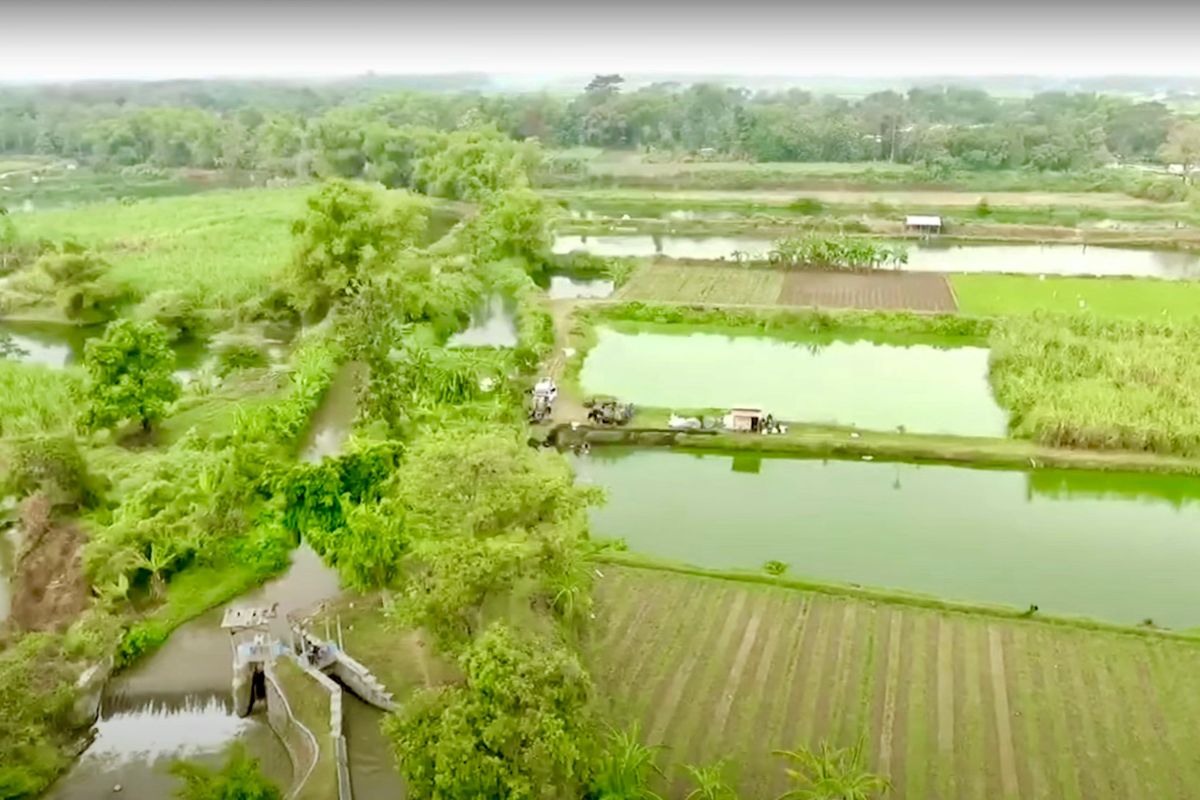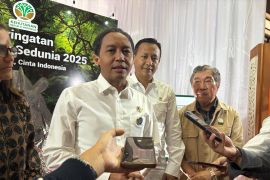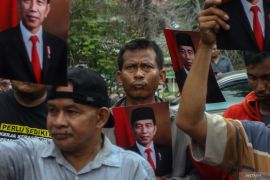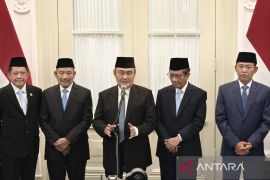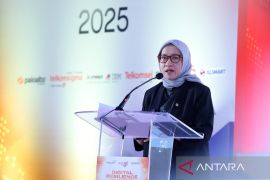Agrarian justice is ultimately the foundation of Indonesia's development. As long as land issues remain unresolved, the social gap will continue to exist.Jakarta (ANTARA) - Unequal land ownership in Indonesia has long been a national problem, with a land ownership Gini Ratio of 0.78, reflecting the severity of the issue.
While certain groups control millions of hectares of land, most farmers do not even have land to cultivate. Yet amid this challenge, there is growing momentum to seek a fairer solution.
Moh Jumhur Hidayat, Chair of the Advisory Council of the GREAT Institute, highlighted the importance of providing an open platform for dialogue on land issues.
Persistent land inequality and ongoing cases of eviction underscore the urgency of building momentum to resolve this matter.
Many believe that under the leadership of President Prabowo Subianto, there is room for policies more favorable to ordinary people.
This optimism stems from the conviction that political courage is essential to transform inequality into new opportunities for justice.
Ahmad Irawan, a member of Commission II of the House of Representatives (DPR), observed that the core problem lies in overlapping regulations and poor land distribution management.
According to him, many villages remain legally located within forest areas, even though residents have lived there since long before Indonesia’s independence. These communities are often treated as outsiders on their own ancestral lands.
Legal certainty is key to ensuring that agrarian reform truly works. Existing challenges can become opportunities if the state has the courage to overhaul regulations and enforce them consistently.
Issues have also emerged concerning the Land Bank. Although its mission is to manage state land assets, the institution must still prove its commitment to fairness and transparency.
Dewi Kartika, a representative of the Consortium for Agrarian Reform, stressed that agrarian reform should not be understood merely as an administrative redistribution process but as a structural change in land ownership for greater equity.
If successfully implemented, agrarian reform could drive healthier and more inclusive economic growth, in line with Article 33 of the 1945 Constitution, which mandates that the earth, water, and natural resources must be used for the people’s prosperity.
This perspective shows that with the right direction, agrarian reform can serve as a driver of development—not an obstacle.
In the digital era, technology also offers new hope. Agung Indrajir, an official at the Nusantara Capital Authority (OIKN), once emphasized the need for digitalization in land management through the Land Administration Domain Model.
With transparent, interoperable, and open data systems, the potential for manipulation and information inequality can be reduced. Land management would no longer be seen as a complex legal issue but as a system governed by modern, data-based transparency accessible to all parties.
Technology offers significant opportunities to accelerate agrarian reform while closing loopholes for misuse.
Related news: Agrarian reform key to Indonesia's industrial progress: BP Taskin
Customary land rights
The aspirations of indigenous communities must not be overlooked. Lilis Mulyani from the National Research and Innovation Agency (BRIN) emphasized the importance of strengthening customary land rights, which have been eroded by sectoral regulations.
Restoring these collective rights would not only allow communities to regain their land but also preserve their identity, culture, and livelihoods — representing a more holistic form of agrarian reform.
Farmers have also stressed that agrarian reform is a matter of survival. As long as land remains controlled by only a few, improving farmers’ welfare and achieving food sovereignty will remain difficult.
With land ownership, farmers can strengthen the foundation of national food security. Thus, agrarian reform is not merely a question of justice but also a long-term strategy for economic development and food resilience.
Land inequality also persists in urban areas. Hendry Harmen from the GREAT Institute highlighted Indonesia’s housing backlog of 12.7 million units, the presence of over one million people living in slums, and soaring land prices in Jakarta.
He noted that urban agrarian reform must yield tangible results — decent housing for the people, especially informal workers who have long been marginalized. In this way, reform can benefit all levels of society, both in rural and urban settings.
Meanwhile, land activist Arwin Lubis proposed the establishment of an Agrarian Reform Implementing Agency (BPRA). The agency, with a dedicated deputy for legal interpretation, could serve as a breakthrough to resolve overlapping authority issues that have hindered agrarian reform.
The BPRA is expected to redistribute land under long-expired cultivation rights, symbolizing the state’s courage to stand with the people.
Agrarian justice is ultimately the foundation of Indonesia's development. As long as land issues remain unresolved, the social gap will continue to exist.
Conversely, if agrarian reform is carried out seriously, social justice will grow, farmers will prosper, indigenous communities will be protected, urban workers can access housing, and food sovereignty can be achieved. True agrarian reform is a national agenda, not merely a bureaucratic project.
Now, hope turns to the leadership of President Prabowo Subianto. With political courage and public support, agrarian reform can become a new path toward fulfilling the constitutional mandate that the earth, water, and all natural resources be used for the people’s prosperity.
Related news: Govt protects productive agricultural land from land conversion threat
Related news: Minister of Agrarian Affairs ensures land policy benefits the public
Related news: RI Govt pledges stronger push on agrarian reform
Editor: M Razi Rahman
Copyright © ANTARA 2025
